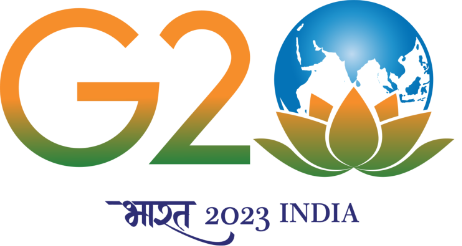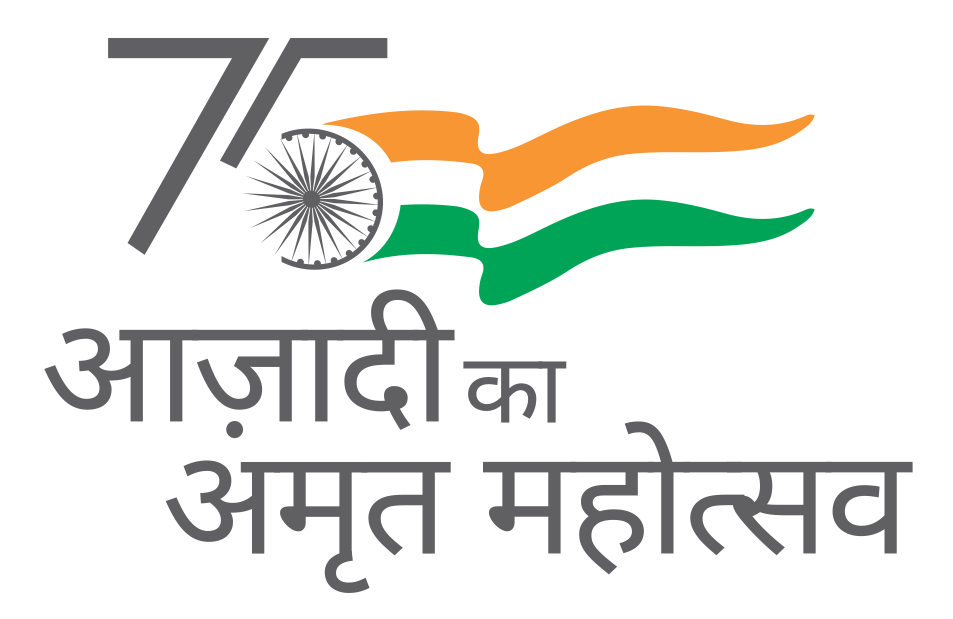Public-private partnerships (PPPs) can take a wide range of forms varying in the degree of purpose, involvement of the private entity, legal structure and risk sharing. A PPP is generally memorialized in a contract or agreement to outline the responsibilities of each party and clearly allocate risk. The broad contractual forms, as covered by extant policy include:
DBFOT/BOT:
The most common form of PPP used where the private sector operator designs, builds, finances, owns and constructs the facility and operates it commercially for the concession period, after which the facility is transferred to the authority. In this case legal ownership of the asset vests with the public sector the concession period ends. The most common form of a BOT project is a Toll Road project.
Operations & Maintenance (Service contract):
the Government bids out the right to deliver a specific service or gives part of the undertaking to the private sector for operations and maintenance of the assets. Such contracts are normally of a shorter duration than concession contracts.
Lease, Develop, Operate and Maintain (a variation of BOT):
Assets are leased out to the private sector under specific terms, to operate and maintain the asset for the term of the concession period.
Ministry of Finance, GoI requires the Project sponsors to award PPP projects through a transparent open competitive bidding process, for greater transparency and consistency to the bid process and terms of contract, throughout the project life cycle and market discovery of rates. Unsolicited proposals and subsequent award of such proposals through the Bonus and Swiss challenge route is not supported as this introduces various asymmetries into the procurement process. These asymmetries, inter alia, includes informational asymmetry and bidding asymmetry between an Original Proponent (OP) and its competitors as the OP essentially gets an opportunity to make the BAFO (Best and Final Offer) after one or more rounds of negotiation- an opportunity that is denied to its competitors who are not authorized to submit an equal number of negotiated response. This would also lead to lack of robust bid submission by other potential bidders.
The Government has facilitated the PPP sector by offering:
Viability Gap Funding Scheme (VGF) :
Viability Gap Funding of upto 40% of the cost of the project can be accessed in the form of a capital grant.
India Infrastructure Project Development Fund (IIPDF):
Scheme supports the Central and the State Governments and local bodies through financial support for project development activities (feasibility reports, project structuring etc.) for PPP projects
IIFCL:
long-term debt for financing infrastructure projects that typically involve long gestation periods since debt finance for such projects should be of a sufficient.
Foreign Direct Investment (FDI):
upto 100% FDI in equity of SPVs in the PPP sector is allowed on the automatic route for most sectors.
In order to be eligible for funding under VGF Scheme, a PPP project should meet the following criteria:
The project should be implemented (i.e. developed, financed, constructed, maintained and operated) for the Project Term by a Private Sector Company to be selected by the Government or a statutory entity through a process of open competitive bidding; provided that in case of railway projects that are not amenable to operation by a Private Sector Company, the Empowered Committee may relax this eligibility criterion.
The PPP Project should be from one of the following sectors
- Roads and bridges, railways, seaports, airports, inland waterways;
- Power;
- Urban transport, water supply, sewerage, solid waste management and other physical infrastructure in urban areas;
- Infrastructure projects in Special Economic Zones and internal infrastructure in National Investment and Manufacturing Zones;
- International convention centres and other tourism infrastructure projects;
- Capital investment in the creation of modern storage capacity including cold chains and post-harvest storage;
- Education, health and skill development, without annuity provision;*
- Oil/Gas/Liquefied Natural Gas (LNG) storage facility (includes city gas distribution network);
- Oil and Gas pipelines (includes city gas distribution network);
- Irrigation (dams, channels, embankments, etc.);
- Telecommunication (Fixed Network) (includes optic fibre/wire/cable networks which provide broadband/internet);
- Telecommunication towers;
- Terminal markets;
- Common infrastructure in agriculture markets; and
- Soil testing laboratories.
* (As per the Notification No. 3C/1/2012-PPP dated November 4, 2013 issued by Department of Economic Affairs, as regards medical college, VGF would be admissible only if the proposed medical college is located in one of the backward districts identified under various schemes of GoI, provided there is no medical college in that district as on the date of in-principle approval of VGF by the competent authority.)
The project should provide a service against payment of a pre-determined tariff or user charge.
The Government/statutory entity concerned should certify, with reasons:
- That the tariff/user charge cannot be increased to eliminate or reduce the viability gap of the PPP;
- That the Project Term cannot be increased for reducing the viability gap; and
- That the capital costs are reasonable and based on the standards and specifications normally applicable to such projects and that the capital costs cannot be further restricted for reducing the viability gap.
Project proposals may be posed by a Government or statutory entity which owns the underlying assets. The proposals shall include the requisite information necessary for satisfying the eligibility criteria specified above and be submitted in formats with annexure as specified in the guidelines.
Please see link
https://www.pppinindia.gov.in/documents/20181/21751/VGF_GuideLines_2013.pdfFor providing financial support for quality project development activities for PPP projects to the Central and the State Governments and local bodies, Scheme and Guidelines of India Infrastructure Project Development Fund (IIPDF), have been notified The IIPDF would assist ordinarily up to 75% of the project development expenses. On successful completion of the bidding process, the project development expenditure would be recovered from the successful bidder.
The detailed IIPDF guidelines may be accessed at:
https://www.pppinindia.gov.in/documents/20181/21751/IIPDF_GuideLines_2013.pdfThe procurement costs of PPPs, particularly costs of engaging transaction advisory services, are significant and often burden the budget of the Sponsoring Authority. Department of Economic Affairs (DEA) has identified the IIPDF as a mechanism through which Sponsoring Authority can source funding to cover a portion of the PPP transaction costs, thereby reducing the impact of costs related to such procurement on their budgets. From the Government of India's perspective, the IIPDF must increase the quality and quantity of bankable projects that are processed through the Central or States' project pipeline.
The IIPDF will be available to the Sponsoring Authorities for PPP projects for the purpose of meeting the project development costs which may include the expenses incurred by the Sponsoring Authority in respect of feasibility studies, environment impact studies, financial structuring, legal reviews and development of project documentation, including concession agreement, commercial assessment studies (including traffic studies, demand assessment, capacity to pay assessment), grading of projects etc. required for achieving Technical Close of such projects, on individual or turnkey basis, but would not include expenses incurred by the Sponsoring Authority on its own staff.
There is urgent need for providing long-term debt for financing infrastructure projects that typically involve long gestation periods. Debt finance for such projects should be of a sufficient tenure which enables cost recovery across the project life, as the Indian capital markets were found deficient in long-term debt instruments; IIFC was set-up to bridge this gap.
Yes, the Cabinet Committee on Economic Affairs (CCEA) in its meeting of 27th October, 2005 approved the procedure for approval of public private partnership (PPP) projects sponsored by Central Government Ministries/ Central Public Sector Undertakings (CPUs)/ statutory authorities or other entities under their administrative control. Pursuant to this decision, a Public Private Partnership Appraisal Committee (PPPAC) was set up comprising of the following:
- Secretary, Department of Economic Affairs (in the Chair)
- Secretary, Planning Commission
- Secretary, Department of Expenditure;
- Secretary, Department of Legal Affairs; and
- Secretary of the Department sponsoring a project.
The Committee would be serviced by the Department of Economic Affairs, who has set-up a special cell for servicing such proposals. Proposals for the PPPAC are submitted to the DEA, PPP cell. The detailed PPPAC guidelines can be accessed at:
https://www.pppinindia.gov.in/documents/20181/21751/PPPAC_GuideLines_2013.pdfThe Department of Economic Affairs (DEA) has developed online PPP Toolkits covering five infrastructure sectors namely, State highways, Water and sanitation (W&S), Ports, Solid waste management (SWM) and Urban transport (Bus Rapid Transport Systems). The toolkit is a web-based resource that has been designed to help improve decision-making for infrastructure PPPs in India and to improve the quality of the PPPs that are developed. The toolkit can be accessed at http://toolkit.pppinindia.com/
The Department of Economic Affairs (DEA) has also developed The "PPP Post-Award Contract Management Toolkit", which is a web-based application that has been designed to help improve the contract management and project execution of the infrastructure sector related PPP projects in India. It aims to do so by serving as an efficient guide to the public sector entities involved in the execution of these projects. The toolkit covers three infrastructure sectors namely, Highways, Ports and Schools.
Additionally, Compendium of Case Studies containing PPP initiatives in India has also been developed and can be accessed at https://www.pppinindia.gov.in/case-studies
www.infrastructureindia.gov.in is a repository of information on infrastructure projects being implemented in India by various Government Departments and Private Sector companies. This database has been developed by PPP Cell, Infrastructure Division, Department of Economic Affairs, Ministry of Finance, Government of India.
The database provides information on infrastructure projects through the functionality of viewing various standardized as well as customized reports across sectors, States, implementation status, year of award etc. The database captures information on:
Government Infrastructure Projects (PPP) that were either under 'Pre-construction Stage', ‘Under Construction’ or ‘Operation and Maintenance Stage’ as on April 1, 2011 or ‘Awarded’ thereafter and with Project Cost >INR 5 crore.
Government Infrastructure Projects (Traditional Procurement) that were under 'Pre-construction Stage', or ‘Under Construction’ as on April 1, 2012 or ‘Awarded’ thereafter and with Project Cost >INR 50 crore; and
Private Sector Projects that were under 'Pre-construction Stage', or ‘Under Construction’ as on April 1, 2012 or ‘Awarded’ thereafter and with Project Cost >INR 50 crore.





.png)
